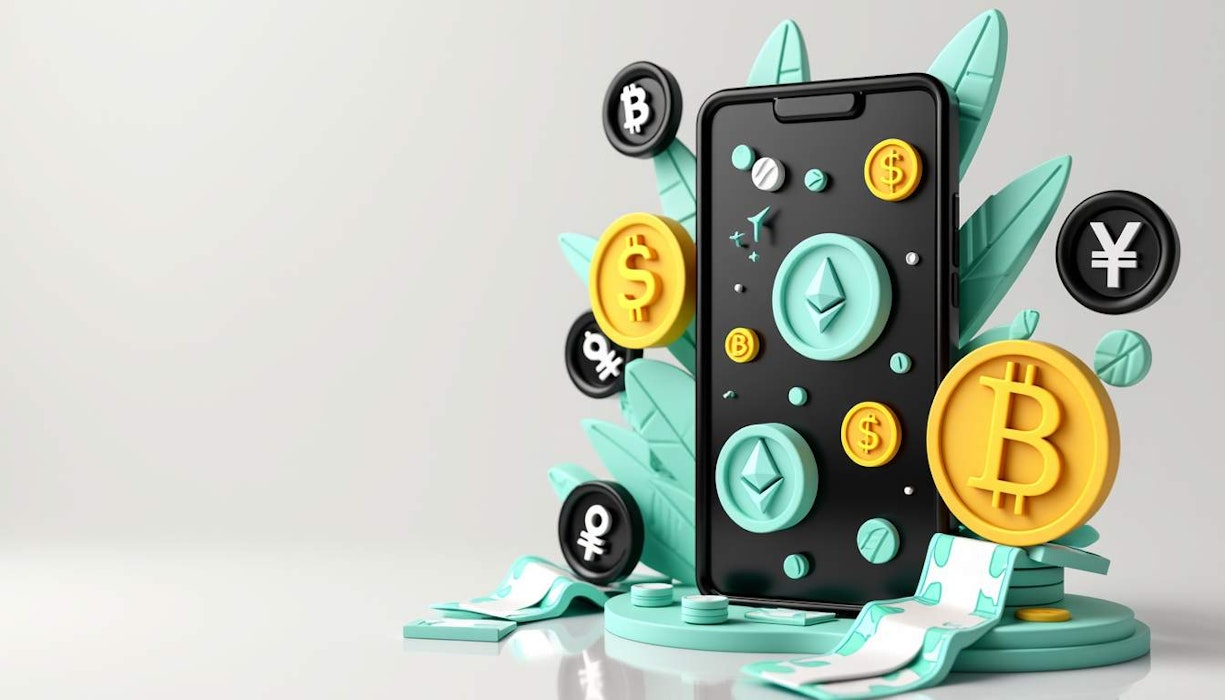Understanding the Situation
Binance just announced they're delisting a bunch of tokens—IDRT, KP3R, OOKI, and UNFI to be exact. And as you can imagine, the prices for these tokens are taking a nosedive. I wanted to dig into why this is happening and what it means for us regular folks using crypto trading platforms.
Why Are These Tokens Being Delisted?
Compliance and Strategy
First off, it's not uncommon for exchanges like Binance to do this. Usually, it's about regulatory compliance or just low trading volume. With regulators cracking down on everything crypto-related, exchanges have to make sure they're not listing anything that could get them into hot water. And let's be real—tokens that no one is trading aren't exactly useful for anyone.
Keeping Standards High
Binance claims they do periodic reviews of listed tokens to ensure they meet certain standards. If a token doesn't make the cut anymore—maybe because it’s gone defunct or something—it gets delisted. This is actually a good thing if you think about it; it keeps the platform safe and reliable.
The Immediate Fallout
Price Drops Across the Board
After the announcement, all these tokens dropped hard. I mean Keep3rV1 (KP3R) went from $54 to $47 in no time—that’s over a 12% drop! And others like OOKI and UNFI saw price drops of over 30%. It’s wild how quickly investors react to news like this.
Long-Term Consequences
But it doesn’t stop there. Once a token gets delisted from a major exchange like Binance, good luck trying to use it if you're a small business relying on crypto for payments. No liquidity means no one wants your token—and if people don’t trust that your token will hold value, they’ll steer clear.
Alternatives Out There?
Smaller Exchanges Aren't Great Either
Sure, you can still trade these delisted tokens on smaller or decentralized exchanges—but let’s be honest here: those platforms usually lack the liquidity and ease of use that major ones provide. It just makes everything more complicated.
Enter DeFi Platforms
Then there are DeFi platforms where you can manage your assets post-delistings. They let you keep control of your stuff—which is nice—but they come with their own set of risks and challenges.
How Should We Handle Our Assets Now?
Diversify Like Crazy
If there's one lesson here it's this: don't put all your eggs in one basket—especially not in crypto baskets! Diversifying across multiple platforms is essential if you're serious about managing risk.
Know The Timeline
Binance has been pretty clear about their timeline: after November 7th, deposits of these tokens are done; after February 6th, 2025, good luck getting those out unless you convert into some US stablecoin they’re offering up as part of their customer service plan.
Summary
The recent delistings by Binance serve as a wake-up call for many in the crypto space. While such actions are often rooted in regulatory concerns or market strategy, they can lead to immediate price drops and reduced liquidity for affected tokens.
